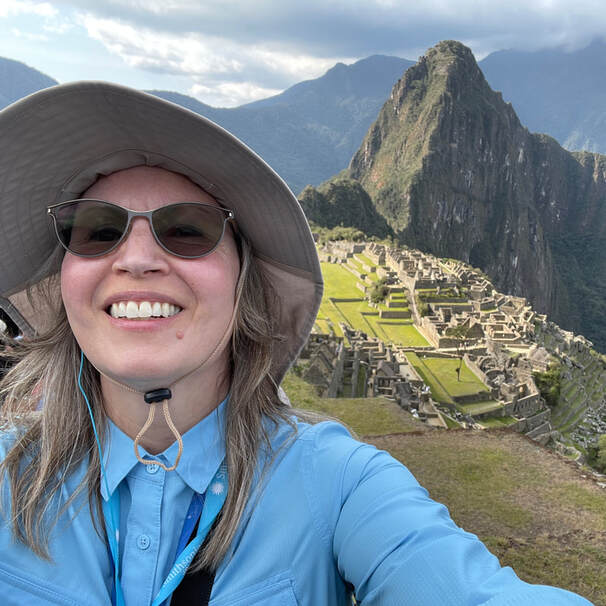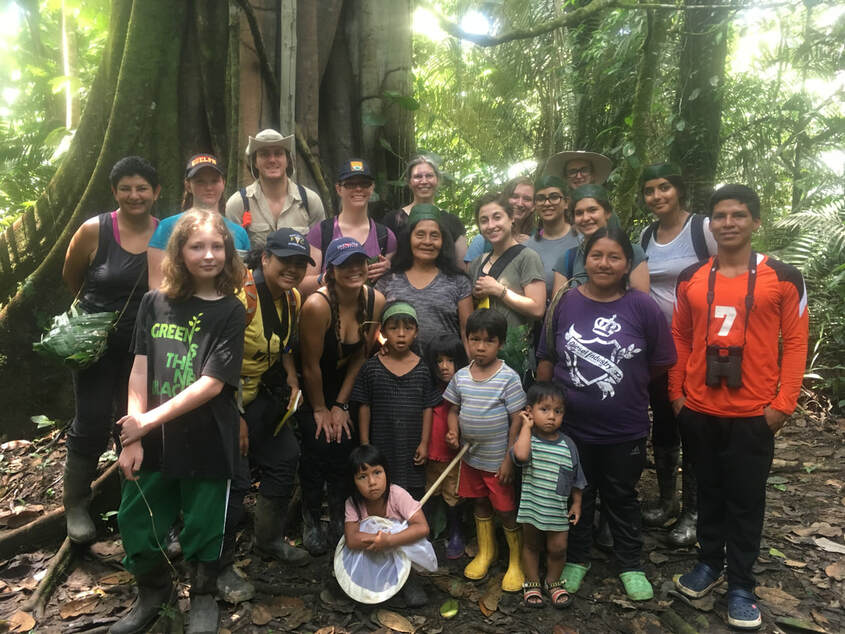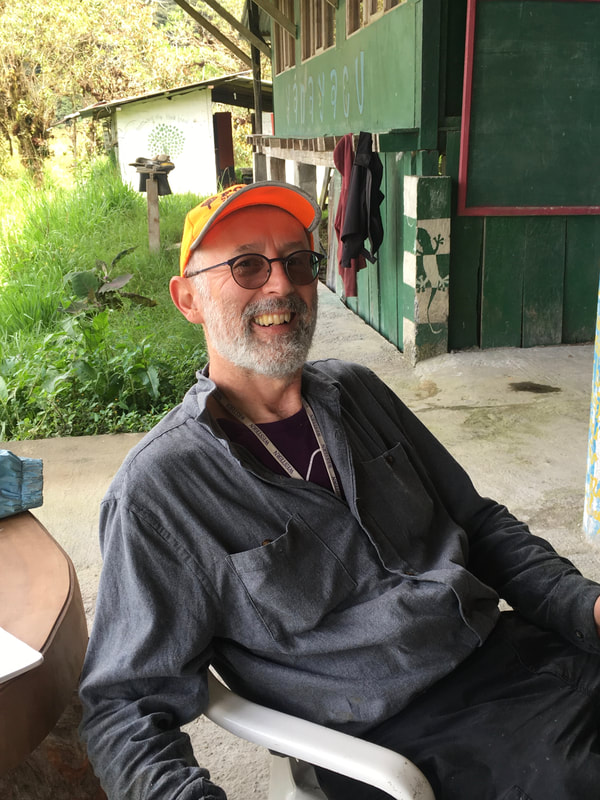About
Biodiversity gardening is an educational website intended for anyone interested in the conservation of the living part of the natural world. Our passion is biodiversity, and by sharing our passion with our readers we hope to create awareness of the importance of biodiversity worldwide. This website was made public on Earth Day 2011.
History
In 2011 we coined the term "biodiversity gardening" out of necessity. It was obvious from empirical evidence that biodiversity had increased substantially in our garden due to the presence of native plants and the addition of habitat elements such as rotting logs and woody debris, leaf litter, and rocks. Our garden had been transformed into an oasis for biodiversity and we wanted a name that reflected the transformation, hence gardening for biodiversity or biodiversity gardening!
Use of Photographs
Photographs are protected under United States and Canadian copyright law and may not be reproduced, distributed, transmitted, displayed or published without the prior written consent of the authors. We encourage the use of our photographs for educational purposes, please CONTACT US for consent.
People
Nina M. Zitani: Co-Founder, Contributor
R. Greg Thorn: Co-Founder, Contributor
Acer Van Wallendael: Past Contributor
Peter Van Wallendael: Co-Founder & Past Contributor
R. Greg Thorn: Co-Founder, Contributor
Acer Van Wallendael: Past Contributor
Peter Van Wallendael: Co-Founder & Past Contributor
Nina M. Zitani, PhD
Nina coined "Biodiversity Gardening" in 2011, proposed it to co-founders Greg Thorn and Peter Van Wallendael and they wholeheartedly agreed with the new name and concept. At that point in time, she had been gardening for biodiversity for 11 years. It was time to give it a proper name. Once this website was launched she received messages from people all over the world, thanking her for creating this site and the new name that so aptly described a gardening method to restore and conserve biodiversity. Nina began her professional career as a science educator at the Franklin Institute Science Museum in Philadelphia, and later as a part of the team that designed and built the Liberty Science Center in Jersey City, New Jersey. She has been conducting field research on biodiversity (mostly insects and plants) and teaching at the university level since 1995. Nina's passion and skill lie in helping people understand the extent and scope of global biodiversity, the evolutionary history of biodiversity, human dependence on biodiversity, the biodiversity crisis - the global decline in biodiversity due to habitat loss and other human activities - and solutions to this global crisis. See Nina's conservation photography from localities around the world and learn more about her work here ninazitani.com.
Greg Thorn, PhD
Greg is a well-loved professor in the Department of Biology at Western University in London, Canada. He is known for his encyclopedic understanding of both the fungal and plant kingdoms. For over 35 years he has been teaching both botany and mycology courses, including a course on the native plants of Ontario and plant evolution. Greg has co-taught, with Nina Zitani, a biodiversity field course in the Amazon rainforest of Ecuador for six years. He is also an expert at identifying birds and has a broad and deep understanding of zoology. He is at home in both a genetics laboratory and in the field, from the Boreal Forest to the tropics. Few people in the world match Greg's breadth and depth of knowledge of global biodiversity.



